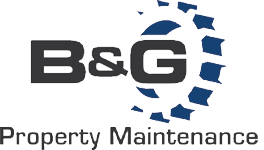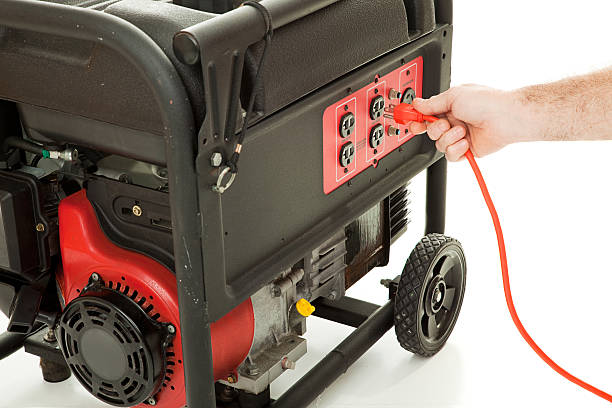Things You Should Know About Operating a Backup Generator
Pacific Northwest Wind Storms make operating a backup generator a necessity.

During the windy and rainy Seattle fall months, operating a backup generator for your home is a necessity. Fall and Winter storms can come out of nowhere and wreak havoc on city’s electrical grid. Falling trees, damage electrical poles and power outages related to these brings the need for power back-up in your home or business. A storm in Redmond a few years back brought down countless trees and caused a power outage that covered thousands of homes for several days, weeks for some. A storm in Western Washington back is 2006 left 1.8 million people without power for days. A whole home backup generator can make these natural disasters a little easier to deal with and provide a little comfort in a difficult time.




How to operate a backup generator safely and correctly?
The generator always needs to be operated outside, never inside or in an enclosed space. The generator also needs to use GFCI outlets for proper operation. In order to back-feed the generator into the house and connect it to the house electrical panel, using a licensed electrician is definitely the only choice. Installing a transfer switch for this is the best idea. If an extension cord is being used with a generator, it needs to be rated for exterior use and have a gauge of no less than 16. (A lower gauge number equals a thicker wire, higher is thinner)
How do people use backup generators incorrectly?
The correct transfer switch is important if you decide to back-feed your home electrical system. This is important because power will feed through the house, but also through the transformer. A bad or poorly installed switch could then affect neighbor’s service and cause damage to appliances and other electronics. You should place a generator in an open space rather than a shed or enclosed area as they need fresh air for exhaust. Also, do not install the generator near any HVAC or heat pumps as they need fresh air to work properly. Wet and snowy areas are other places that generators should not be located. Under a roof, beneath an overhang or mounted on a raised platform are examples of better locations. Another thing that you can do is to install carbon monoxide detectors throughout your home in case exhaust enters when the generator is operating.
What a consumer should keep in mind when purchasing a new backup generator for their home?
Something you should keep in mind while purchasing a backup generator is what do you want the generator to do? As well as how many appliances do you need to run in order to maintain your standard of living through a power outage? You should think about your refrigerator/freezer, kitchen lighting, heat pump and other necessities. Most stand-by generators will come with a transfer switch. A transfer switch will turn on automatically if they detect a drop in amperage. Generator run off of natural gas, propane or diesel fuel. The power rating should be between 20kw – 100kw for larger homes. If your home uses gas for any appliance, the generator might not need to be that big. You can find backup generators at warehouse stores like Home Depot or Lowe’s. There are also companies that specialize in whole-home generators like Generac and Kohler.
Want to know more about generators? Check out some of our blogs with helpful info:
https://bgpmaintenance.com/2016/09/10/prepared-fall-unexpected-fall-weather/
https://bgpmaintenance.com/2015/12/03/general-cost-for-generator-installation/
https://bgpmaintenance.com/2014/11/06/fall-storms-power-outages/


